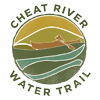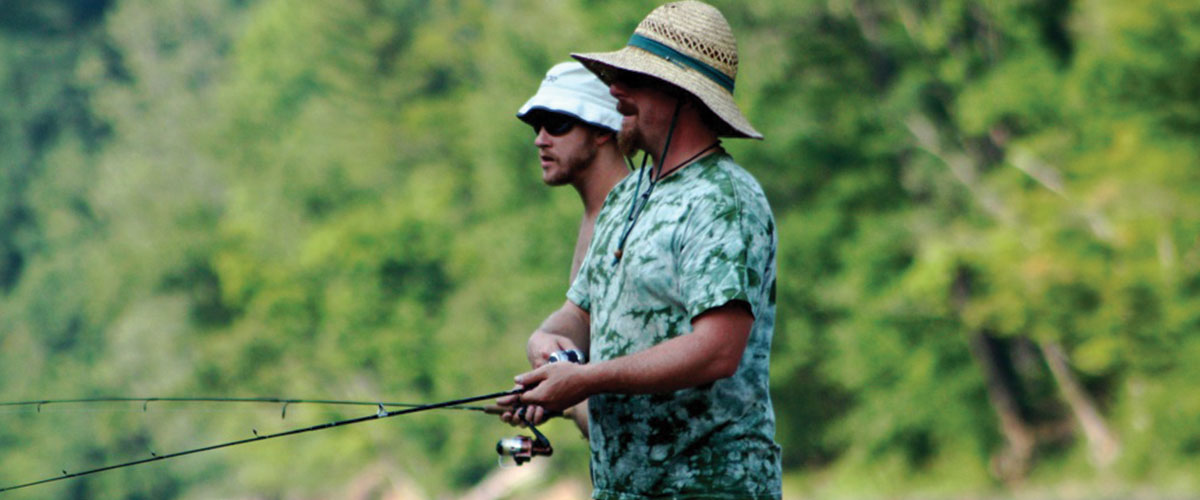
Northern West Virginia’s Aquatic Playground
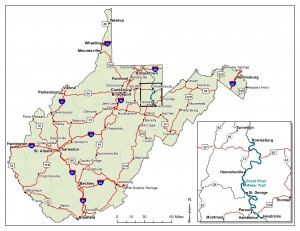 The Cheat River’s status as one of the longest free-flowing rivers in the eastern United States provides a wealth of recreational opportunities. From some of the most difficult white water runs in West Virginia to some of the best trout fishing throughout Appalachia, the Cheat offers an escape for everyone.
The Cheat River’s status as one of the longest free-flowing rivers in the eastern United States provides a wealth of recreational opportunities. From some of the most difficult white water runs in West Virginia to some of the best trout fishing throughout Appalachia, the Cheat offers an escape for everyone.
The Trail
A water trail, simply put, is a trail for boats. It consists of a network of access points, resting areas, and points of interest for users of human-powered watercraft on lakes and rivers. Often referred to as a ‘school house without walls,’ water trails engage those who travel their waters in ecological preservation and stewardship of public lands. The formation of the Cheat River’s main stem marks the start of the Upper Cheat River Water Trail with several access points near Parsons and Hendricks. The trail covers nearly 40 miles of beautiful water through calm, flat pools and wide, shallow riffles. Currently, nine existing access points allow for trips of various lengths and scenic opportunities. The Cheat’s status as a biodiversity hotspot means wildlife encounters are typical – expect to see a brilliant display of the region’s flora and fauna as you meander through the Water Trail’s scenic valleys, open pastures and forested mountainsides.
Wat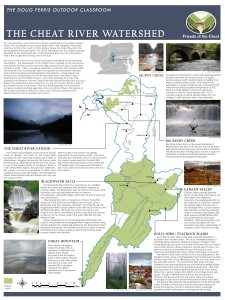 ershed Profile
ershed Profile
The Cheat River watershed drains approximately 1,422 square miles in northeastern West Virginia, southern Pennsylvania and western Maryland. Its five major tributaries (Black Fork, Dry Fork, Glady Fork, Laurel Fork, and Shavers Fork) originate in the rugged topography of the Monongahela National Forest and join to form the Cheat River main stem near Parsons, West Virginia. From Parsons, the scenic Cheat flows nearly 162 miles past the historic river towns of St. George, Rowlesburg and Albright before reaching Cheat Lake and discharging into the Monongahela River at Point Marion in Pennsylvania.
Trail History
Designation of the Upper Cheat River as a water trail was made possible by the establishment of the National Water Trails System in February of 2012. The Upper Cheat River Water Trail (UCRWT) is the result of collaborative efforts between members of the UCRWT Committee. As the primary sponsor, Friends of the Cheat (FOC) embarked on the designation process to acknowledge the recreational value of the trail as well as the stewardship of state, local and private entities that serve to maintain its natural beauty and integrity. Partnering organizations, their representatives and other stakeholders of the FOC UCRWT Committee are active in sponsoring, developing, maintaining and managing the trail. UCRWT Committee meetings are open to the public and new participants are encouraged to attend. The diverse Committee currently includes representatives from the West Virginia Department of Natural Resources, National Park Service’s Rivers, Trails, and Conservation Assistance Program, Kingwood Veterans of Foreign Wars, Blackwater Outdoor Adventures, representatives from both the cities of Rowlesburg and Parsons, as well as the sponsoring organization, Friends of The Cheat.
Water Trail Principles
The UCRWT provides recreational, scenic, historical and educational opportunities. By promoting the following principles, the UCRWT Committee will be able to advance these opportunities.
Appreciation – West Virginia’s residents and guests who use water trails share a deep
appreciation for the beauty of our lakes, rivers, streams, riversides and wetlands, as well as the
communities that thrive there. From either the water or the shore, water trails put people in
touch with their emotions regarding natural resources.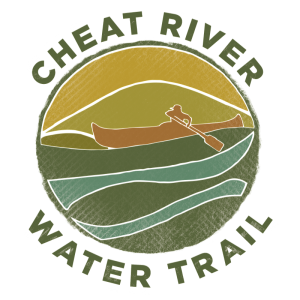
Community Vitality – A water trail is part of a network of recreational opportunities such as museums, historic sites, and city parks which enhance exploration of the surrounding area. The connections build a sense of pride of place and bind citizens in a love for their community. The water trail community also encourages environmental stewardship, helping to prevent damage to the environment and preserving the natural integrity of the trail and its watershed.
Diversity – Water trails are open to people of all ages and abilities. Tolerance and understanding are fostered through shared work and play.
Local Economics – Water trails as recreational destinations generate income for local businesses including outdoor outfitters, bed and breakfasts, restaurants, campgrounds, grocery
stores, gas stations and shops.
